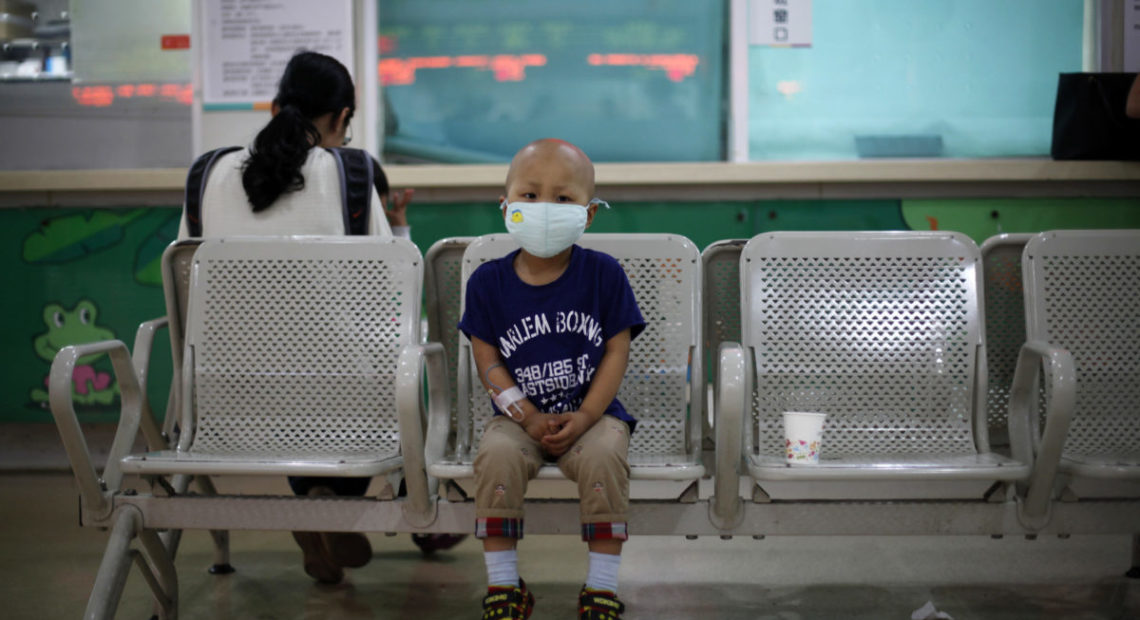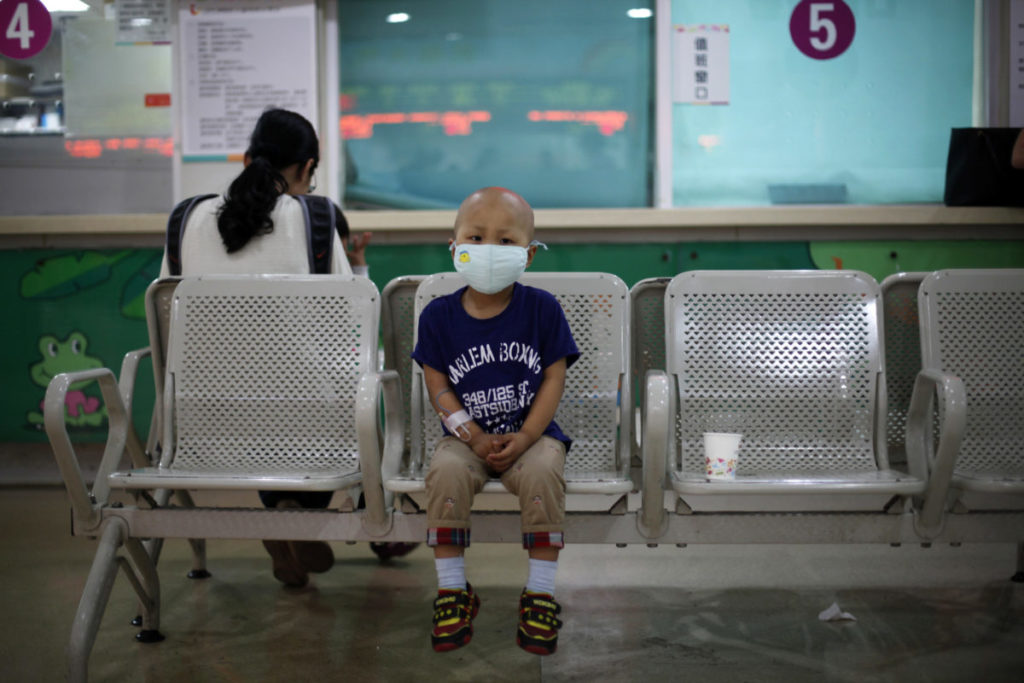
What’s The Toll Of Childhood Cancer? 11 Million Years Of Human Potential Every Year, Study Says
BY LAURA SANTHANAM / PBS NEWSHOUR
What does the world lose when a child gets cancer? Out of 2.2 billion children worldwide, more than 416,500 children are diagnosed and 142,300 are estimated to die from the disease each year. Though in hard numbers it’s a relatively small portion, each life lost is its own world of heartache and missed potential. Now researchers have calculated the impact in more defined terms. Childhood cancer’s toll amounts to a total of more than 11 million lost healthy years each year — a sum that could be lower if kids got adequate care around the globe.
According to a study published Monday in the journal Lancet, underdiagnosis of cancer and lack of access to treatment facilities contributed to death and disability, wiping out those millions of healthy years when children and their families could have instead been spending their resources, time and energies in other ways. And that’s not just bad for them — it’s bad for their communities and beyond.

Then-four-year-old Niuniu, who has late-stage neuroblastoma, a malignant cancer of the nervous system, sits on a bench while his mother pays his medical bills after getting tested for his fifth round of chemotherapy at Shanghai Children’s Hospital in 2013. CREDIT: ALY SONG/REUTERS
Lisa Force, a pediatric oncologist at St. Jude Children’s Research Hospital in Memphis, Tennessee, who led the study, said this is the most comprehensive look at the disease burden of childhood cancer. While the absolute numbers of child cancer patients are relatively low, the healthy years lost are substantial, she said.
A majority of childhood cancers are curable, Force said, but children and their families often face challenges in gaining access to treatment facilities and affording the cost of life-saving care.
“If you don’t have access to care and treatment of childhood cancer, you die,” Force said. “There are years that a child could have contributed to their society that they have now lost.”
What The Study Found
To figure out how many years are lost to childhood cancer, researchers combined a few different pieces of data from 2017 to build a computer model. They included estimates of disability-adjusted life years from the 2017 Global Burden of Diseases, Injuries and Risk Factors Study, a comprehensive dataset compiled by multiple universities and health organizations to gauge the scale and scope of illness and risk on the world’s population.
Most of these lost healthy years — 82 percent — are snuffed out in countries with the fewest resources children need to treat cancer, the study said. A third of new childhood cancer cases worldwide emerged from upper-income countries and amounted to 18 percent, or 2 million, of the healthy years lost overall. But lower-income nations accounted for 38 percent of these cases, or 9 million healthy years lost. This suggests that children in places with fewer resources are not rebounding from cancer like their peers in places with better access to treatment and facilities.
Looking at the full range of ailments, researchers found cancer was the ninth-leading cause of childhood disease burden worldwide. By comparison, lower respiratory infections, diarrheal diseases, malaria and HIV/AIDs all take a greater toll, the study suggested. But pediatric cancers were more devastating in lost healthy years than measles, typhoid or tuberculosis.
Among the 50 most populous nations hardest hit by pediatric cancer were India, China, Pakistan, Nigeria, Indonesia and the United States, the study said. These countries have larger populations of young children, in part because they have more people overall..
In the United States, leukemia ranked as the most frequently occurring form of pediatric cancer, followed by cancer found in the brain and nervous system, with unspecified forms of cancer rounding out the remainder.
Why It Matters
The report’s data is likely an undercount of the real toll cancer takes on children around the world, pediatric oncologist Cynthia Wetmore said, because many children’s actual health problems go under the radar as a result of lack of access.
Wetmore, who was not involved in the study, practices at Phoenix Children’s Hospital in Arizona, where she routinely treats patients who come from the far reaches of the state, from homes without plumbing or electricity. She says health care access and affordability remain life-and-death issues for many children in the U.S. and around the world. If a three-hour drive separates a sick child from needed care at the closest hospital, sometimes that care doesn’t come in time, she said. And if a kid doesn’t have any medical care at all, “we don’t know why they die.”
But even if the study undercounts, Wetmore said it is still a comprehensive look at a big problem.
Many nations have only a single pediatric cancer facility to serve all diagnosed children, unlike in the U.S., Force said, And throughout much of the world, health insurance does not cover treatment, so families must pay out of pocket. Households often are financially broken afterward.
Force said she hopes policymakers, both in the U.S. and abroad, use these figures as they decide how much money to spend on ramping up resources for childhood cancer so families don’t have to choose between having a well child and financial stability — or in some cases, losing both.
Copyright 2019 PBS NewsHour. To see more, visit pbs.org/newshour















